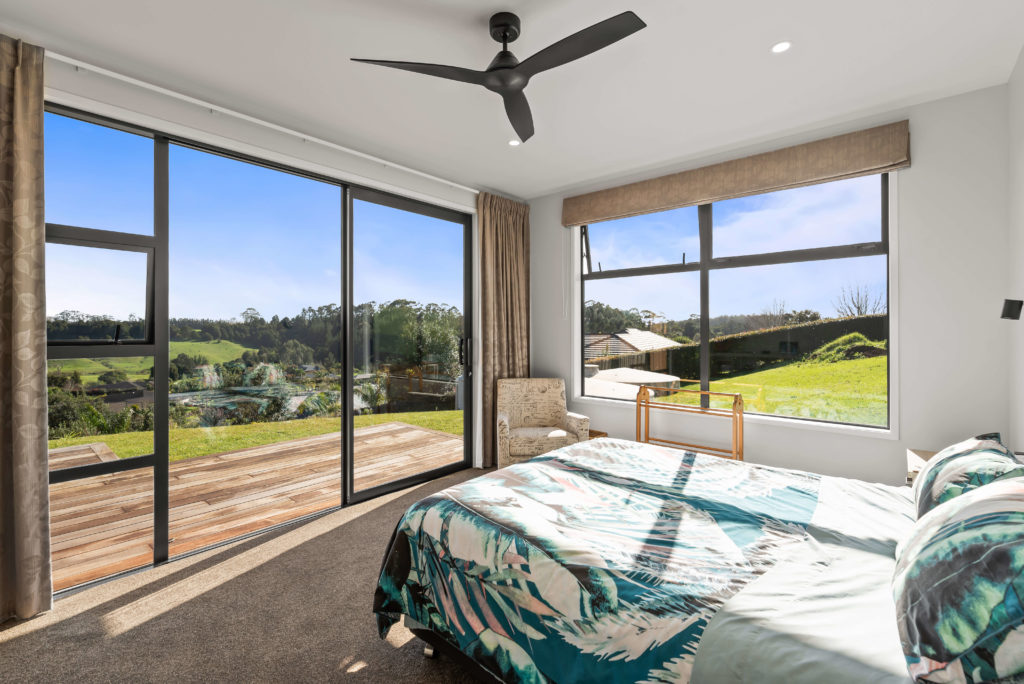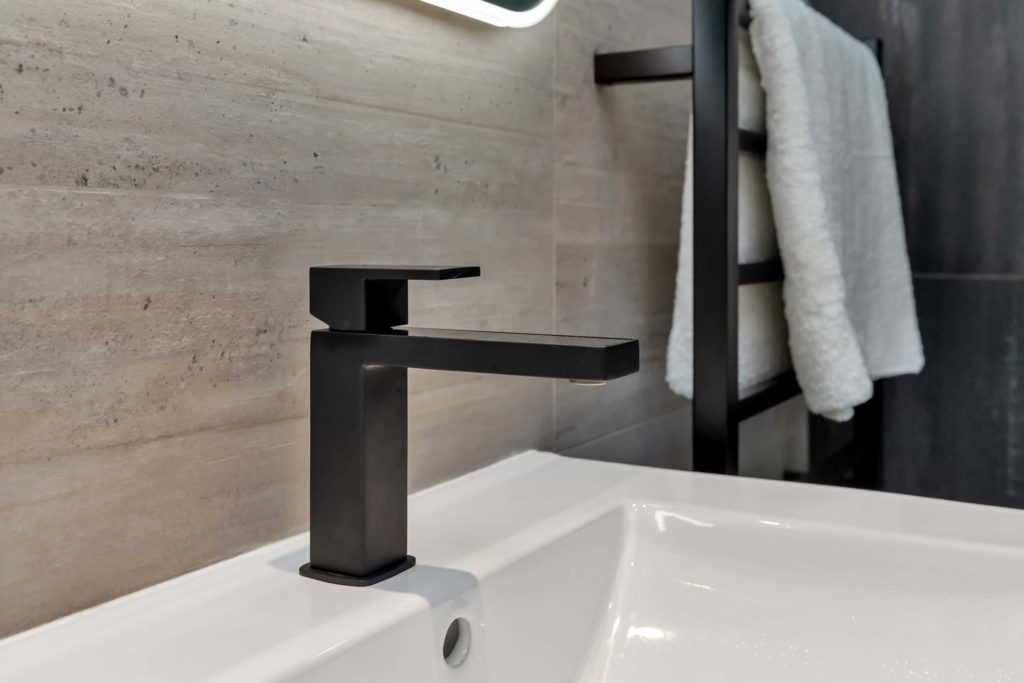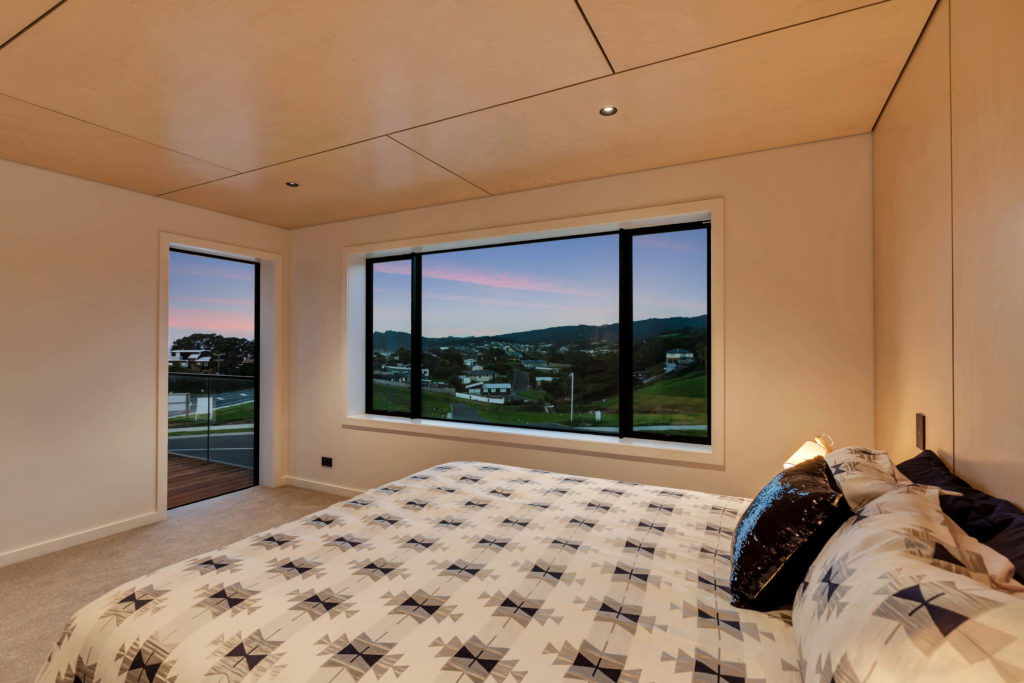Smaller houses are often the subject of great debate. Many believe these lifestyles are more eco-friendly, as these houses put less strain on the environment, and most people with interest in green living love cosy houses.
Best Modern House Design
The best modern house design uses more eco-friendly modern building materials than traditional houses. Foundation options for a smaller house depend upon the layout of your land. These modern house designs also save water, time, space, and potential future costs. Let’s explore some standard features of smaller sustainable homes and how they’re used:
The Layout of the House
It’s always wise to consider modern house ideas for both comfort and efficiency. These options may include:
- Where to position windows for maximum solar gain in winter or shade from the summer sun
- How to reduce unused space and hallway areas in a design
- Winds and how to shelter outdoor spaces
- How to take advantage of rainfall
- Heat pumps or hot water cylinders
- Water efficient toilets, taps and dishwashers

How the sun can provide warmth and light
Use double glazing with low-emissivity glass for windows that face north or east. These glasses will keep heat from the sun coming through them during summer. Invest in high-quality R-rated insulation in ceilings, walls and floors for all rooms throughout your new home. Insulation will help keep warm air trapped inside or prevent cold air ingress during winter.
Free 6 Part Email Series:
'Designing Your Home'


Best Places to Put Your Windows
Window positioning is driven by the site and shape of the home. Windows and doors are expensive, so avoid placing windows on the south side of your house and put them on the East, North and West to maximise solar gain and provide the most natural, healthy light into your home for you and your family to enjoy. This also prevents the need to turn on the lights and use electricity.
Wind: How to Shelter Yourself
When building in New Zealand, it is essential to consider the wind. Windbreaks can be constructed using trees or other vegetation and walls made of stone or brickwork. Tall fences or strategically placed rocks can help shield buildings from the wind coming off nearby bodies of water including both lakes and oceans.
Sustainable Flooring Options
Concrete has a high carbon footprint and isn’t environmentally friendly or recyclable. It also requires a lot of water and energy to manufacture it. If you want to go green with your house design, it’s best to avoid adding in concrete floors. Wood is a great alternative choice for sustainable house design ideas.
Insulation
Insulation is the most effective way to reduce energy use. By adequately insulating your house’s roof, walls, and floor, you can keep it warm in the winter and cool in summer. Insulation also reduces noise, condensation, and heat loss through walls, saving you money on heating bills.

Solar Power
New Zealanders with a photovoltaic (PV) system in their home can reduce their carbon footprint by about 30%. In a perfect situation you have solar panels mounted to your roof, facing north at approximately a 30 degree angle. This then feeds a battery bank of power, or there are systems where your house can use the power generated and then any excess is fed back into the grid.
Conclusion
If you’re looking to build your home with green, eco-friendly material, there are many different products and ways to do it. The key is ensuring that your new home is built using sustainable and recyclable materials and ultilising energy sources like solar power.
